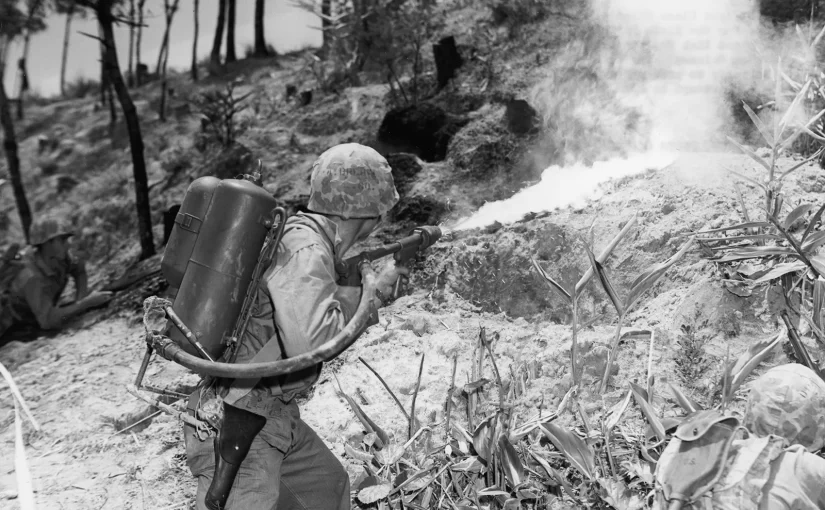On May 2nd, 1945, the 77th and 307th Infantry Division alongside the remnants of the 96th and 381st looked up at the intimidating Maeda Escarpment on the island of Okinawa, known to the soldiers as Hacksaw Ridge, a 400 foot cliff which was a natural barrier to a series of trenches, tunnels and fortifications set up by the Imperial Japanese Forces. The climb up Hacksaw Ridge would determine the outcome of the Battle of Okinawa.
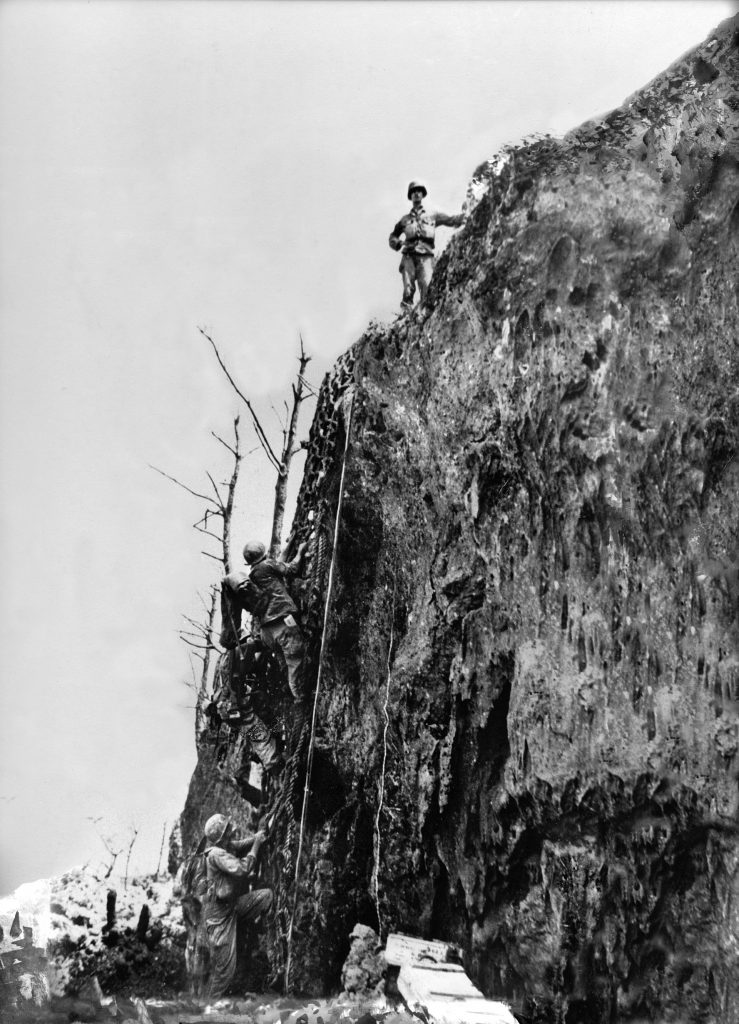
By April of 1945, the Empire of Japan was on the ropes. With all their allies in the Axis Powers out of the picture, with Mussolini dead at a service station and Hitler cowering in the Führerbunker, the Japanese were the last members of the Axis with their homeland intact. Facing increasing partisan activity from the Chinese, causing massive losses on the front, and the United States having captured almost every island of theirs in the Pacific, including Iwo Jima a month prior, the last obstacle between the Americans and mainland Japan was the small island of Okinawa.
Located just 563km (350 miles) off the coast of Kyushu island, the southern most part of mainland Japan, Okinawa was a 1,207km² island, home to a vast amount of naval and air bases that would be useful in the event of an invasion of mainland Japan by the United States. Despite the fact that the 10th Army, commanded by Lieutenant General Simon Bolivar Buckner Jr, and the 5th Fleet, overseen by Admiral Raymond Spruance, vastly outnumbered the Japanese forces on Okinawa, the Japanese had come prepared.
Lieutenant General Mitsuru Ushijima of the Japanese 32nd Army stationed only what was necessary in other parts of the island, focusing the majority of his forces in the south, due to its irregular and hilly terrain, opting to build a vast complex of tunnels, trenches and fortifications. By April, they had constructed 96km (60 miles) of tunnels, enough to accommodate the entire 32nd Army and everything it needed to fight against the Americans. In order to prevent the Americans from getting any supplies of their own, command ordered the massacre of every livestock animal on the island and that the civilians and soldiers live off sweet potatoes instead of the traditional rice.
By now, the Japanese fighting doctrine of Fumeiyo Yorimo Shi, or Death Before Dishonour, had really been set in stone, with many Japanese soldiers, airmen and naval vessels doing suicide runs against American forces. With the infantry, “Banzai attacks”, in which mass numbers Japanese infantry would run at American forces with bayonets screaming “Tenno Heika Banzai” meaning “Long live the Emperor” had become common place. Planes would often fly into American naval vessels, in what were dubbed Kamikaze attacks, named after the Japanese term for “divine wind”, which dates back to at least the 13th century.
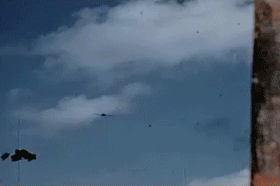
On March 25th, 1945, the US Navy began shelling the island in a week long bombardment in order to soften up defences and support mine clearing. The next day, US Marines landed in the archipelago of Kerama Retto, rooting out Japanese forces there over the next five days, with its capture providing a sheltered anchorage for ships attacked by Kamikaze strikes. Eventually, the full battle began on April 1st, known as L-Day. However, the beach head was formed relatively easily, due to the fact that there was literally no Japanese resistance at the beaches that they landed at.
Having eventually secured a decent chunk of the island, with 60,000 US Troops having landed, they eventually encountered opposition in the North and South. Whilst the North was very easily taken care of, the South, where all the fortifications were, was a bloodbath. Americans would often advance into carefully prepared Japanese killing zones where they were slaughtered in their hundreds by concealed machine guns and mortars. Their idea for an offensive would involve mass artillery shelling of Japanese positions before advancing towards the Japanese pillboxes, which often included the use of flamethrowers against Japanese positions. However, this strategy lead to little success, due to the Japanese remaining sheltered in their fortified tunnels, and caused more bloodshed on both sides, as the Japanese would often launch night attacks after Americans had captured positions. Eventually, the battle reached a stalemate on the Shuri Line, a heavily fortified area located near Shuri Castle.
Meanwhile, Operation Ten-Go went ahead, a one way suicide mission by the Japanese, dispatching the Yamato, the largest battleship ever constructed, to counter offensives by the US Navy on Japanese infantry positions. It was spotted before it could reach Okinawa and was sunk, along side 5 of its escort ships and the destruction of 100 Japanese fighters, largely in Kamikaze attacks, by an American carrier force, which only lost 10 fighters in comparison. It demonstrated US air superiority and served as a great anti-climax to the largest battleship to ever be made.
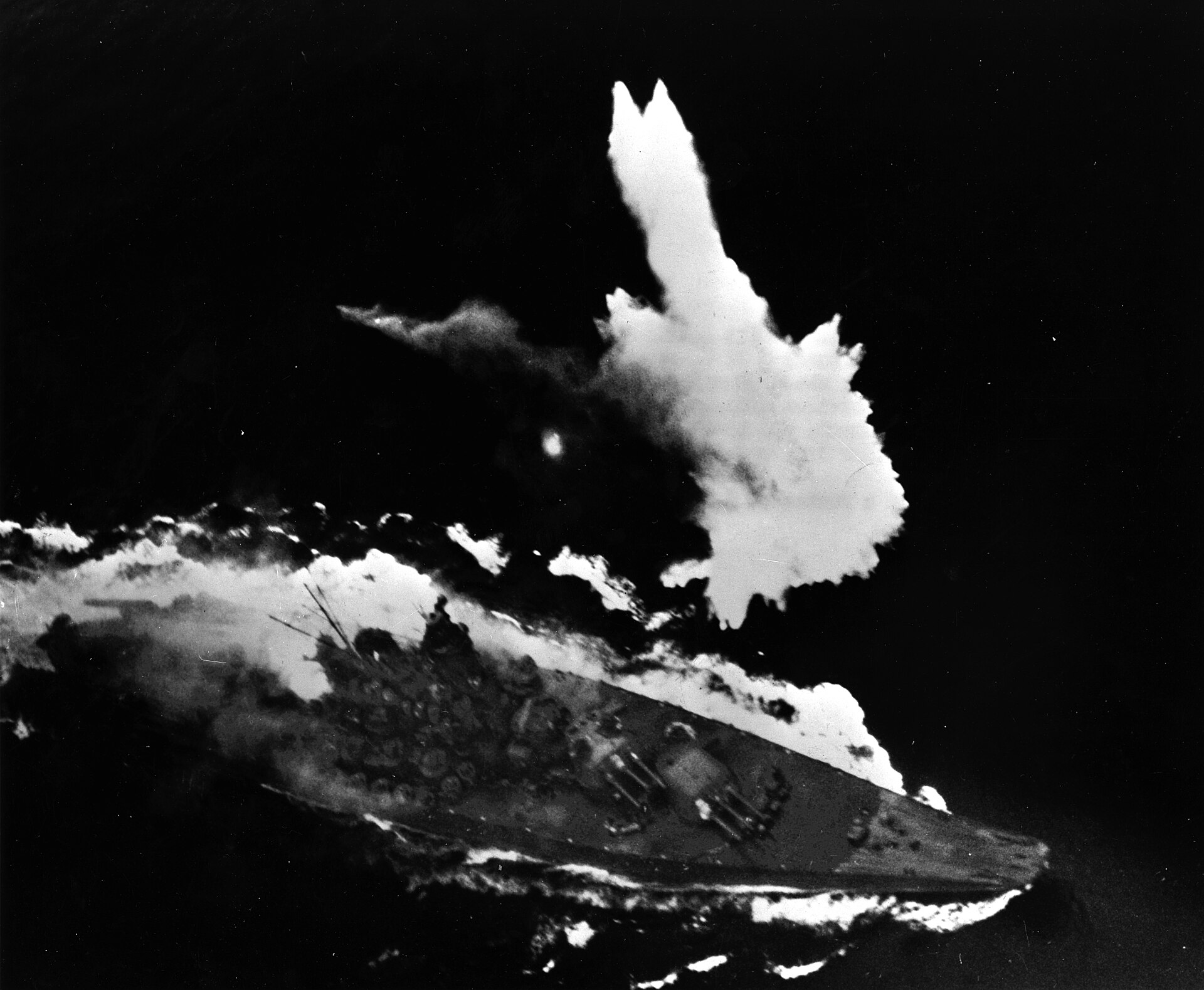
Despite the stalemate and consistent bloodshed, Buckner refused to change his tactics, much to the surprise of both US Army high command and the Japanese. Whilst a somewhat successful counter offence was launched by the Japanese after his refusal to change tactics, they still lost 7,000 men in doing so. This allowed Buckner’s forces to gain the upper hand and gain back half a mile of land
During the stalemate on the island, a combat medic known as Desmond Doss served at Hacksaw Ridge, managing to rescue hundreds of men from the rain of fire without being armed with a single weapon due to his Christian beliefs. He was awarded the Medal of Honour, of which Truman said “I’m proud of you. You really deserve this. I consider this a greater honour than being president.” Doss passed away in 2006 due to breathing complications and his memory was immortalised in the 2016 Mel Gibson Film “Hacksaw Ridge”, in which Doss is played by Andrew Garfield.
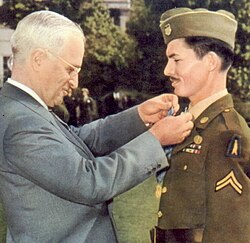
Over the next few months, the situation became progressively more dire for the Japanese. Whilst spring rain had slowed the American advance even more than before, Nazi Germany had surrendered and more forces from Europe were now available. In a desperate effort to maintain control over the island, mass Kamikaze strikes were ordered against American Vessels, including the USS Bunker Hill and the USS Enterprise, knocking both vessels out of the war.
Eventually, the Shuri Line became untenable by late May. The Japanese began organising a retreat in stages to the Kiyan Peninsula, the southern most point of the island. Starting on May 24th, the Japanese slowly retreated down the island towards the peninsula. Despite the death of Buckner on the battlefield during an artillery strike, making him the highest ranked US Military officer killed in action during WW2, the entire Japanese garrison was massacred to a man, with a little over 7,000 troops surrendering to the Americans out of the 110,000 stationed on Okinawa before the battle. Out of shame, Ushijima committed Seppuku or more commonly referred to as Harakiri, a traditional Samurai form of suicide via disembowelment, on June 21st. The military garrison on Okinawa had also used much of the civilian population as human shields and convinced many of them to commit suicide or simply killed them, in order to cover up their atrocities perpetrated on the island, saying that the Americans would do worse. The Americans too lost many men in the battle of Okinawa, leading them to question if a mainland invasion of Japan would simply cost more lives, possibly influencing the decision to drop the atomic bombs on Japan 2 months later.
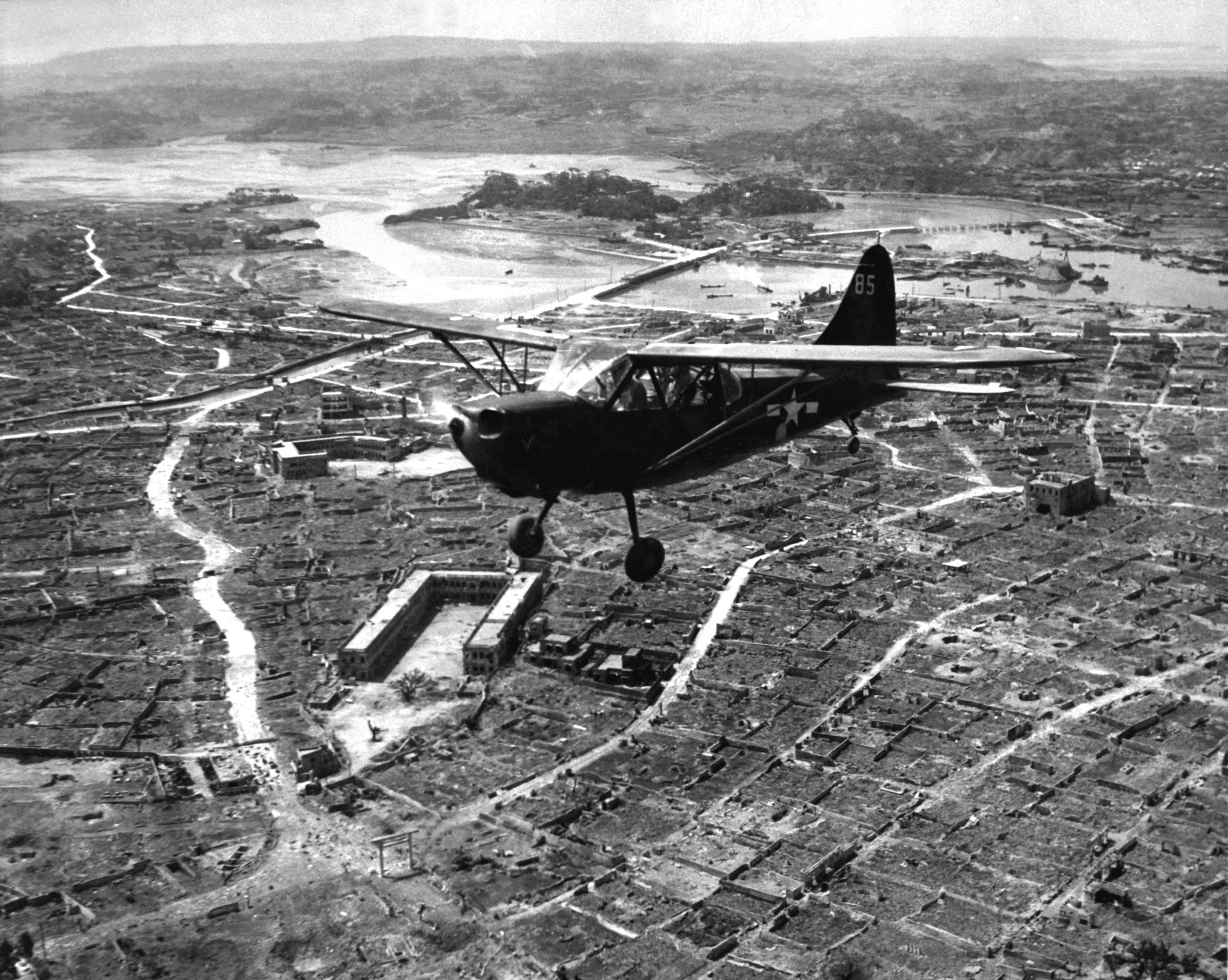
Casualties
- United States – ~50,000
- Empire of Japan – 94,136
- Civilian – 150,000
